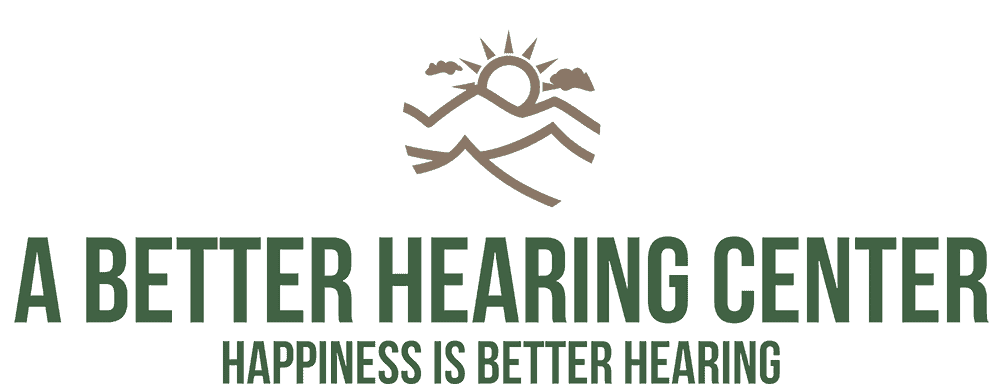Hearing loss impacts over 48 million people, making it the third most common medical condition people live with today. The prevalence of hearing loss is twice as common as diabetes or cancer. Hearing loss reduces capacity to hear and process speech as well as sound. This produces a range of symptoms that strains hearing and communication, essential ways we navigate daily life. Hearing loss can have multifaceted effects that impact relationships, social life, and overall health. This highlights the importance of doing what you can to prioritize your hearing health. Integrating the following healthy hearing habits can significantly protect your hearing health and wellness:
1. Reduce your exposure to loud noise. Loud noise is a common cause of hearing loss. It is estimated that 30 million people are regularly exposed to excessive noise. Noise induced hearing loss is completely preventable and reducing your exposure to loud noise is a great way to protect your hearing. Simple ways to do this include: maintaining low volume settings on electronic devices, wearing hearing protection, taking listening breaks throughout the day, driving with the windows rolled up, avoiding noisy settings, opting for quieter places etc.
2. Wear hearing protection. Headphones, earbuds, and earplugs are examples of hearing protection. These items provide a physical barrier for the ears, reducing the amount of loud noise you absorb. Wearing hearing protection in environments that are noisy – work, concerts, while commuting etc. is a useful way to mitigate the harm of loud noise.
3. Invest in noise canceling headphones. Headphones and earbuds are common ways people listen to audio. Whether it is to listen to podcasts, music, or talk on the phone; these items have become part of everyday life. But they are also a common way people are exposed to loud noise. If you use headphones or earbuds often, you could probably benefit from noise canceling options. Noise canceling headphones are designed to reduce background noise, preventing you from turning up the volume while moving through nosier settings. This allows people to listen to audio safely in all environments.
4. Apply 50-60% rule: experts recommend using the 50-60% rule which involves keeping your device at 50% – 60% of the maximum volume. Maintaining lower volume settings allows you to safely listen to audio.
5. Get your hearing tested regularly. Hearing tests are facilitated by hearing healthcare specialists and involve a painless process that measures your hearing capacities in both ears. Getting your hearing tested regularly allows you to track your hearing health and establish a baseline. This makes it easier to identify any changes you may experience over time, supporting early intervention.
6. Boost nutrient intake. There are several nutrients that support healthy hearing including: magnesium, zinc, potassium, and folic acid. These nutrients help prevent ear infections, support healthy blood flow in the ears, help maintain fluid levels etc. which support the hearing process. You can boost your intake of these nutrients by integrating more fruits and vegetables into your everyday diet.
7. Avoid triggers. Studies show that smoking and drinking increase the risk of hearing loss. Nicotine and alcohol can damage blood vessels and restrict blood flow in the body including the ears where sound is processed. Avoid these triggers by reducing or eliminating your consumption.
8. Increase physical activity. Exercise offers numerous benefits including boosting energy, reducing health risks, and supporting blood flow. These benefits support healthy hearing so increasing your physical activity is a great tip. You can do this by taking a daily walk or finding a physical activity you enjoy: biking, water aerobics, yoga, golfing etc.
9. Maximize use of hearing aids. Hearing aids are essential devices for people with hearing loss. You can maximize the use of your hearing aid by exploring the many features today’s devices offer. This includes digital noise reduction, voice recognition, wireless connectivity, tinnitus management and much more. Talk to your hearing healthcare provider about these technologies to identify the features that can work best for you!
10. Prioritize care for health conditions. There are several medical conditions that increase the risk of hearing loss – cardiovascular disease, osteoporosis, diabetes, and hypertension for example. If you have any of these conditions, be sure to prioritize care for them.
Contact us today to learn more about how you can protect your hearing health and the resources available to help you do so!

